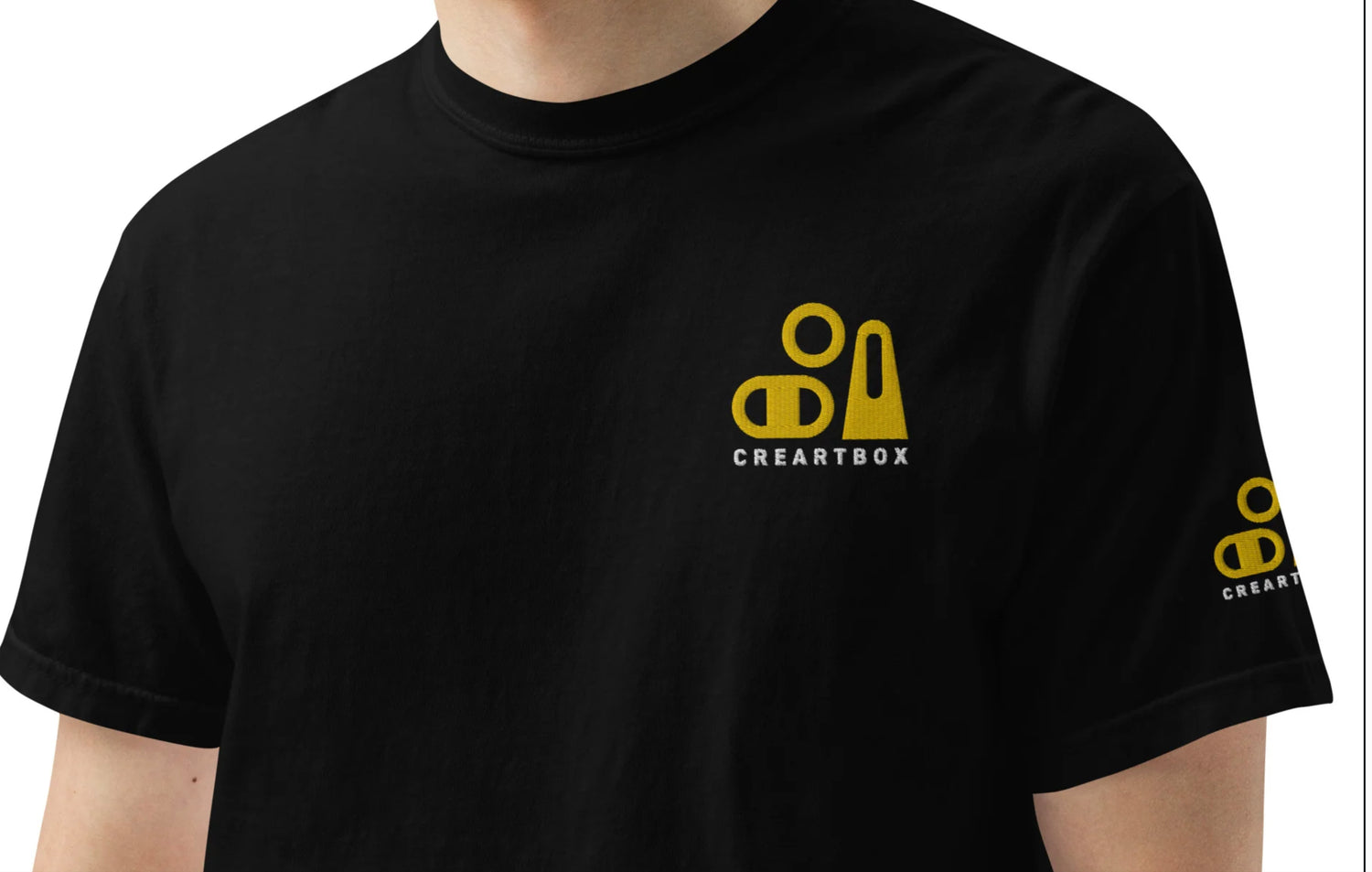Sarah K. Williams
Perfectly still objects make me restless. They make me itch and fidget(1), irritated. I made still objects once: out of clay and plaster, wire and wood. They had scales or skins or trunk-like protrusions, but they did not move at all like a living thing. I started watering them to see if they would grow, but they only became more and more still.
I began making lists of ways these objects might move if they were able, attributing gestures, rhythms, and expressions which reflected my construction process. These lists became instruction manuals or recipes which one could follow to build their own variations. Multiplicity—or the potential for multiplicity—is important to me, like obsession, repetition, precision, symmetry.
I am attracted to objects with absurd functionalities, designed for oddly specific scenarios(2). I demonstrate these functionalities as instructional performances. Using either a series of recorded audio commands or an invented notation system appropriate for the scenario at hand, these progressions of gestures, movements, sounds, or object alterations are often performed through community participation: objects for the paranoid and contagious, objects for the overly eager and underprepared, objects for the outwardly evil and upwardly mobile. I rigorously linger in the gap between the musicality of instruction of the theatricality of the mundane.
I created Sprechgesang(3) Institute (S.I.), a research-based platform for artists working in an in-between language of two or more disciplines. The fourteen members of S.I. include visual artists, scientists, journalists, composers, cooks, writers, and activists, committed to upsetting the routines within our respective fields. I direct collaborative lectures, workshops, sculptural dinners, and performances to facilitate discussion of the unexpected parallels between seemingly disparate practices. The structures of these performances borrow from other field’s systems of organization and conventions, highlighting the idiosyncrasies which evolve within different lines of work.
1. like a high-necked wool sweater
2. scrub-brushes for cleaning sponges, How-To guides for under-watering plants, pitch identifications for chopping vegetables, etc.
3. Sprechgesang describes a vocal technique half-way between speaking and singing. This term has become the root of my practice, as the intersection of two or more forms of expression to create a third.

